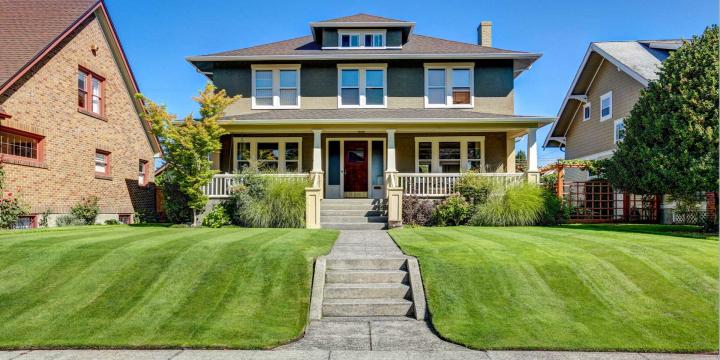Course Info
7 video lessons (47 Mins)
Published
-
4.22
Preview Course
Browse Course Chapters
-
1.Introduction
3 mins
-
2.The Challenge: Disruptive Change
3 mins
-
3.Pandemic Impacts
6 mins
-
4.Drivers of Change Framework
6 mins
-
5.Emerging Best Practices
12 mins
-
6.Strategic Planning Process
9 mins
-
7.Conclusion: Operationalizing a Future-Focus
6 mins
What You Will Learn
- Understand the historical context for accelerating 21st century change Characterize the impacts of the COVID-19 pandemic on emerging issues and trends.
- Learn about a comprehensive, integrated framework for understanding drivers of change and their implications for local communities.
- Learn about a strategic planning model designed to help communities deal with the uncertainty of future change.
- Explore examples of best practices being deployed by communities to deal with drivers of change.
- Understand how local governments and other organizations can operationalize a future focus.
Course Description
As demonstrated by the COVID-19 pandemic, the 21st century is a time of accelerating, disruptive change with profound implications for local communities. The pandemic played out against a backdrop of long-term trends such as climate change, technological innovation, shifting demographics, and socioeconomic inequality. In this era of increasing uncertainty, a key question for planners is: how can we help communities deal with the disruptive effects of change? This course presents a framework and approach to help communities, governmental agencies, and other organizations understand and address the many drivers of change that are impacting them today or may impact them in the future.
Drivers of change are divided into four broad, interconnected categories: social, technological, economic, and environmental. Effectively preparing for and responding to change requires addressing these drivers in an integrated, proactive way rather than the piecemeal, reactive one that is the norm. It also requires incorporating foresight—the ability to anticipate what will likely happen or be needed in the future—into planning, operations, and decision-making. The course begins with the historic context for 21st century change and the role of the COVID-19 pandemic in accelerating the rate and magnifying the impact of drivers of change. It then provides an overview of the drivers of change framework, trends and impacts of selected drivers, and implications for local communities.
A strategic planning methodology is presented that can be used to identify and address the drivers of change that are most important to a community. Examples of community innovations in dealing with disruptive change are provided. The course concludes by synthesizing materials from previous sections into guidance on how local governments and other organizations can institutionalize a future focus (strategic foresight) into planning, implementation, and operations.
Learn these skills
- Economic Development
- Land Use
- Sustainability
- Technology
- Urban Design
- Urbanism
AICP CM
This course is approved for .75 AICP CM credit.



























